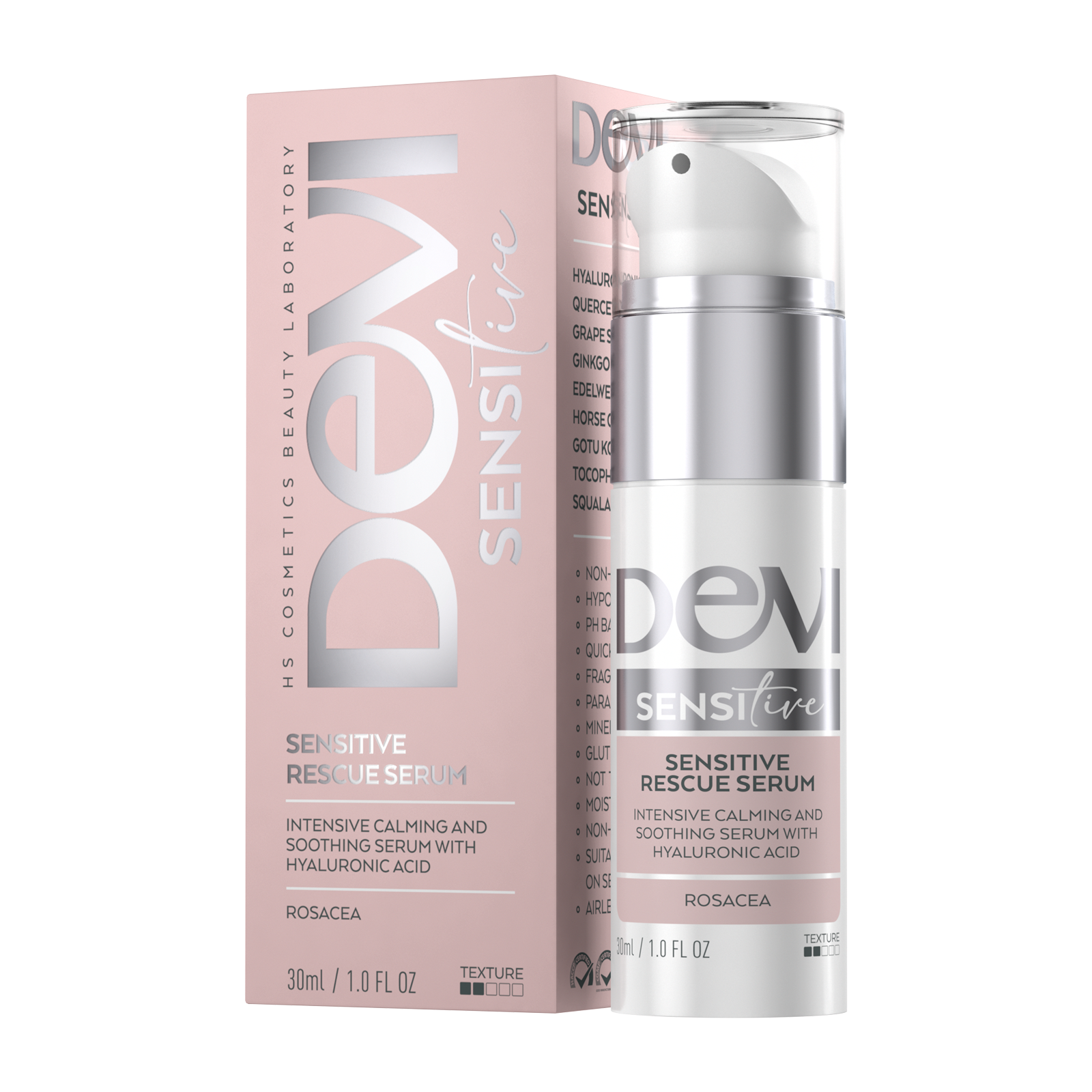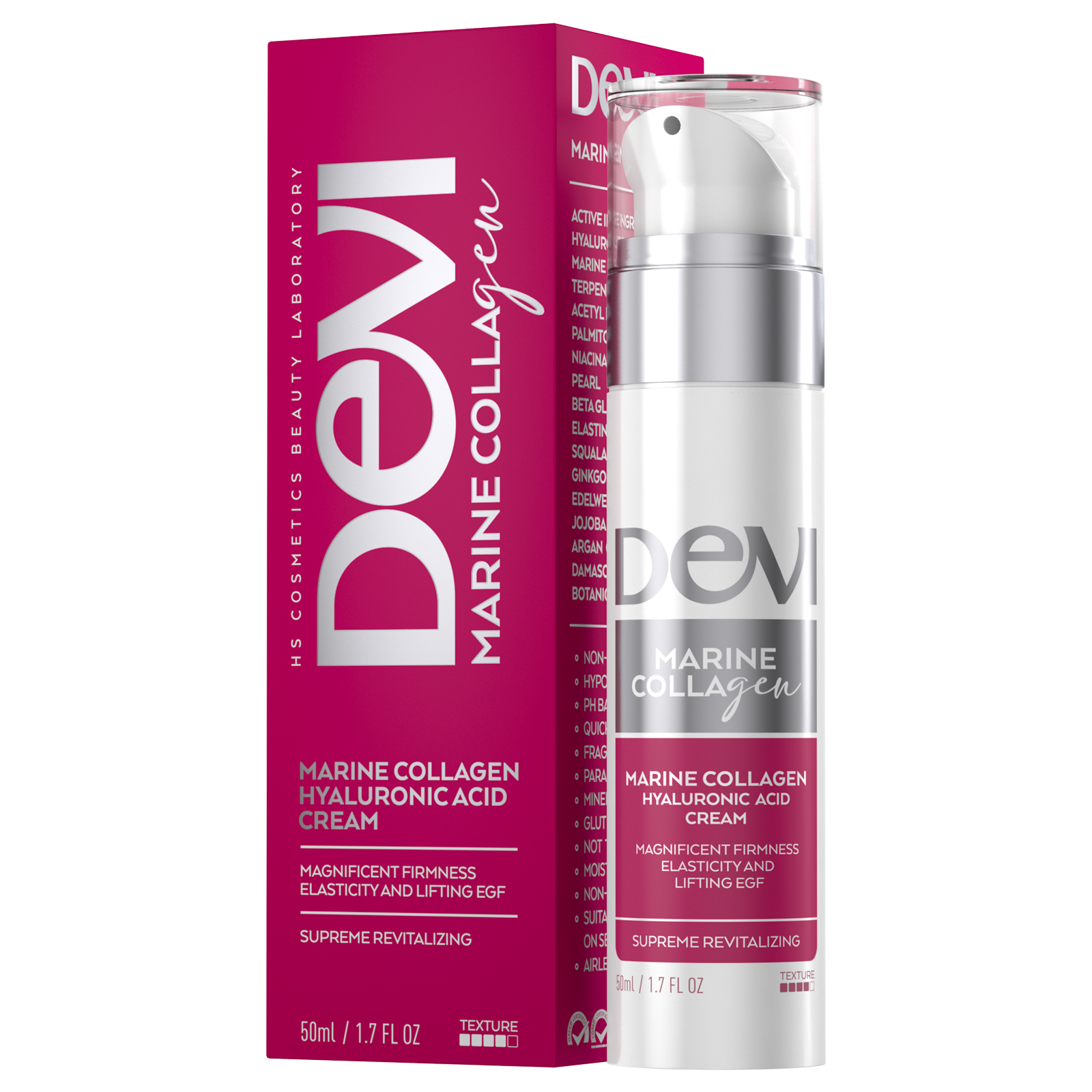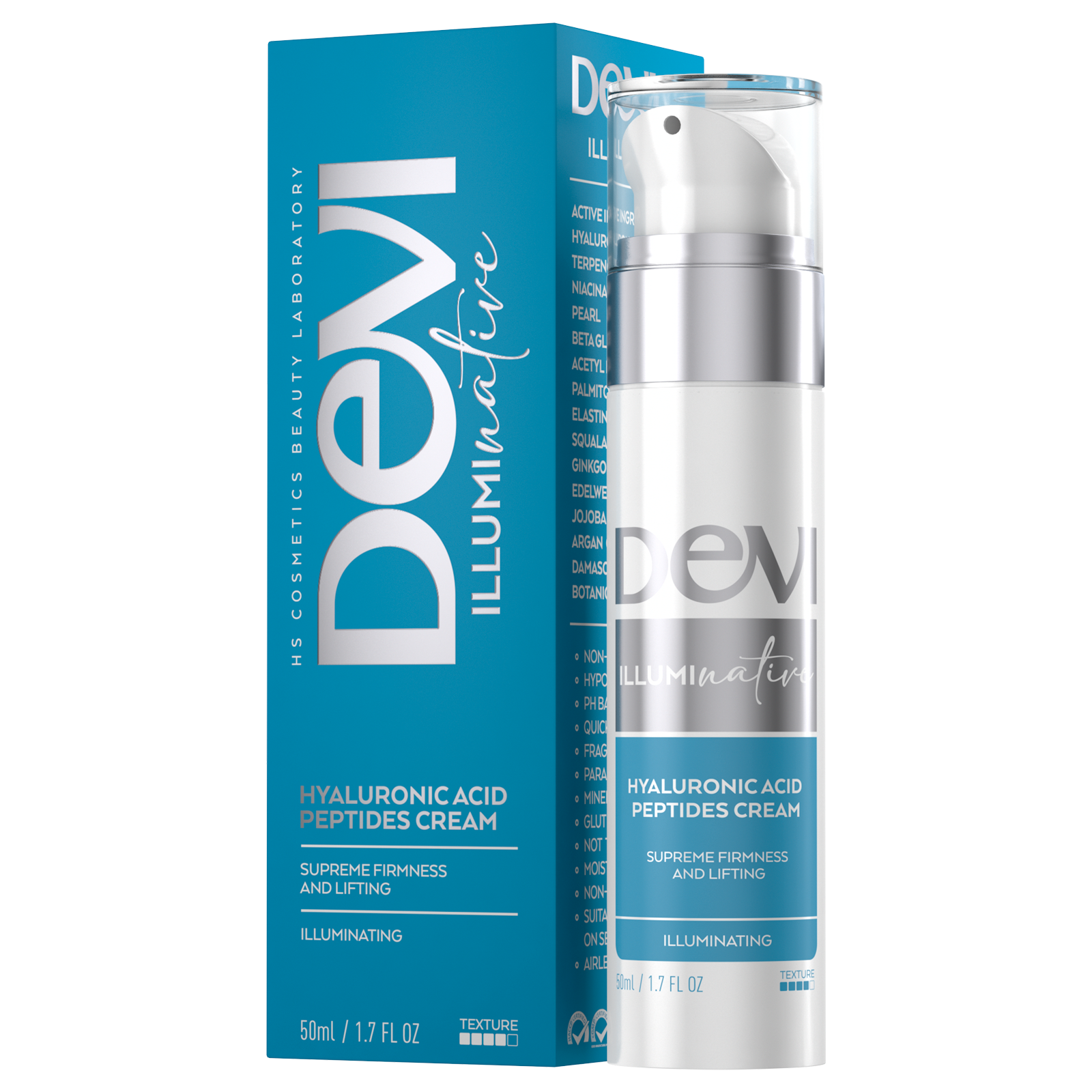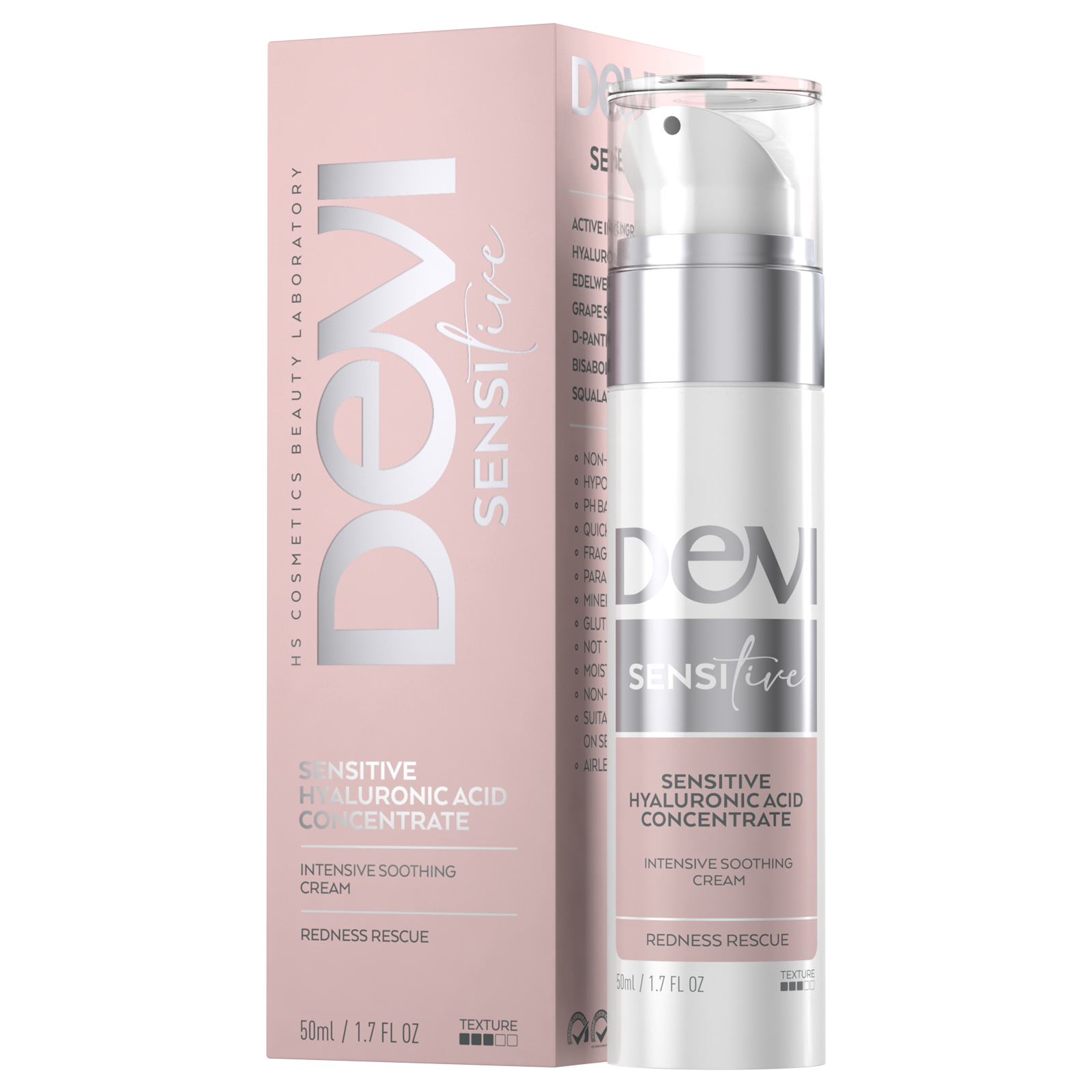(Leontopodium alpinum)
Two years after Austrian Emperor Franz Joseph brought to the court a new wife and the future favourite person of the entire Austro-Hungarian Empire, Elizabeth – better known as Sisi, the couple went hiking on Grossglockner, Austria’s highest mountain in the Alps. While the energetic young bride Sisi was busy mastering the rocky terrain, the emperor’s eye caught the sight of a plant peeking out of a steep rock. It was edelweiss, a sublime white flower worthy of nobility. Saying that it was the first time that he had picked it himself, he gave it to his charming wife, and from that moment on this alpine flower became a symbol of the young empress. A stylised star of edelweiss was also an emblem worn on the uniforms of Emperor Franz Joseph’s mountain detachment, but also a symbol of mountaineers whose numbers were on the rise with the growing popularity of mountaineering in the second half of the 19th century. Although this flower later became the emblem of Nazi Germany, it was also a symbol of the anti-Nazi movement.
Edelweiss did not accidentally enter the realm of symbolism. It is thanks to its thick “fur” – hairs that protect it from cold weather, wind and strong sun – that it has the ability to survive in inaccessible terrain at very high altitudes, from 1,800 to 3,000 metres; this tells us a lot about its perseverance, endurance and survival, which does not lack unusual, dignified beauty. The furry appearance of the flower of this plant which belongs to the Asteraceae family is somewhat reminiscent of a lion’s paw, which is why it was given the scientific name Leontopodium. Its flower is actually a collection of hundreds of flowers grouped inside a dozen heads surrounded by plush leaves arranged in a star shape. Today we distinguish two species of edelweiss, Leontopodium nivale, and Leontopodium alpinum, alpine edelweiss. Apart from growing in the Alps, edelweiss also grows in the mountainous regions of the Balkans, on Mt Kopaonik, Mučanj and Tara in Serbia for example, but its homeland is Asia – the Himalayas and Siberia, from where it reached Europe during the Ice Age.
Edelweiss blooms from July to September and today is a legally protected plant because it is very rare; even if it were not, picking it is not recommended – although Alpine folklore tales are dominated by stories about young men who prove their courage by giving edelweiss to their loved ones. However, not a small number of mountaineers met a tragic end while reaching for this plant on steep rocks. But, since we know that it is extremely medicinal, edelweiss is cultivated at high altitudes in conditions that are otherwise found in wild nature.
THERAPEUTIC PROPERTIES OF EDELWEISS
One of the main ingredients of edelweiss is leontopodic acid, a compound with strong antioxidant properties. When we remember the harsh conditions in which the plant grows, it is clear why it has powerful defence mechanisms: it is able to survive both extremely low temperatures and strong UV radiation. Highlanders recognised the plant’s tough nature a long time ago – in traditional medicine it was an indispensable part of infusions and compresses for stomach aches and cramps, diarrhoea, heart problems, colds, tonsillitis and respiratory infections, including tuberculosis. The antioxidant properties of edelweiss have helped generations to preserve immunity and strength in areas where survival has not been easy. In addition to the ability to fight free radicals and prevent oxidative stress, edelweiss has a strong anti-inflammatory and analgesic effect. Therefore, it was used in dressings for injuries, swelling, bruises, skin inflammation, while its antimicrobial action prevented wound infections. Alpine farmers used it to fumigate the cattle, believing that it drove away evil spirits and prevented udder infections. Nowadays this “magic” of edelweiss could be explained by its antibacterial action: studies have shown that the plant exhibits significant antimicrobial action against Enterococcus faecium, Escherichia coli, Pseudomonas aeruginosa, Staphylococcus aureus, Streptococcus pneumoniae and Streptococcus pyogenes.
In addition to leontopodic acid, edelweiss is rich in flavonoids (luteolin, apigenin, quercetin), beta sitosterol, tannins, polyphenols (phenolic acid, glycosides, flavonoids, coumarins and lignans), terpenes, alkaloids, bisabolene…
PLANT THAT REJUVENATES
Today, edelweiss is experiencing a complete renaissance because numerous clinical studies have proven its extremely beneficial effect on the skin. We know now that harmful UVA and UVB radiation is one of the main reasons for premature skin ageing. Nothing helps us better to prevent this than a plant that contains natural defence properties from their harmful effects. Edelweiss extract has shown strong antioxidant activity against UVB radiation in numerous studies. And not only that, this extract creates a barrier on the skin, regenerates skin tissue, smoothes wrinkles around the eyes, improves skin elasticity, dermis density, and therefore is a valuable ingredient in anti-ageing cosmetics. It stimulates a number of key genes and proteins that are responsible for protecting the skin, thus stimulating the process of fibrillogenesis of the type I and V collagen. In addition to rejuvenating the skin with its anti-inflammatory effect, edelweiss also prevents skin disorders such as atopic dermatitis and psoriasis.
Thanks to these properties, edelweiss has won its special place in Devi cosmetics. In Sensitive Rescue Serum, this precious plant helps reduce redness of the face, prevents inflammation and slows down skin ageing. Marine Collagen Intensive Cream reduces the visibility of wrinkles, gives elasticity to the skin, strengthens immunity and thus protects the skin from external influences. Illuminative Cream brightens the complexion, among other things thanks to edelweiss, which resists the sun’s rays, gives firmness to the skin, helps it achieve a gentle and velvety appearance and stimulates collagen synthesis. Lastly, Anti-Rides Eye Cream soothes fine lines in the corners of the eyes, prevents swelling and dark circles under the eyes and stimulates skin metabolism.
The brilliance of edelweiss, a symbol of strength and beauty but also of the incredible power of nature, is now reflected on our face – it gives us freshness, flexibility, vigour, endurance and tenderness that pays no heed to our age.





